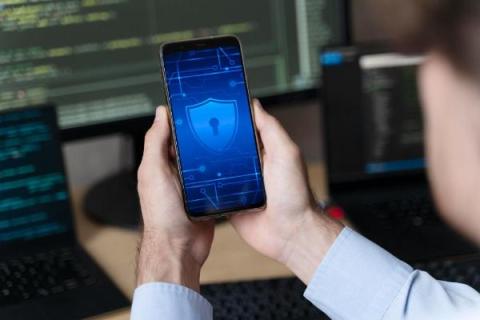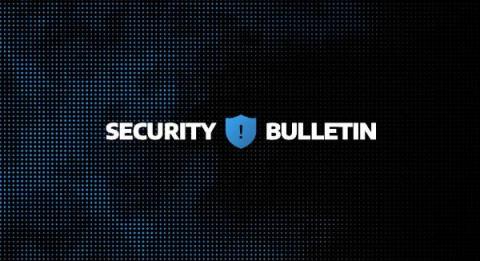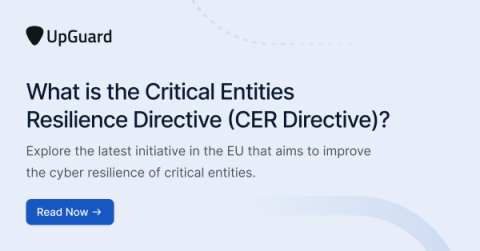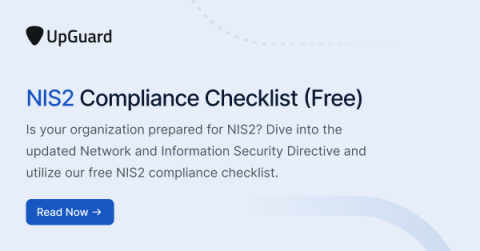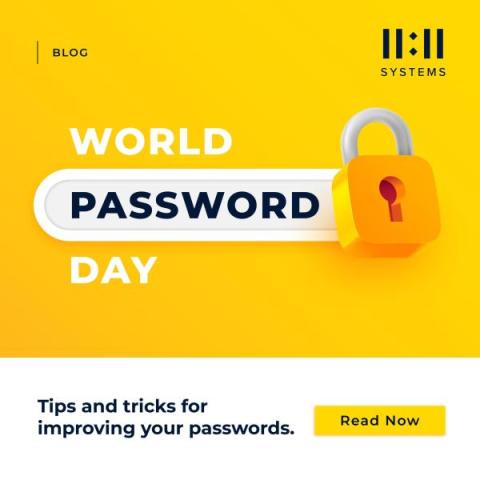Cyber incident response: a guide for small businesses
Cyber incident response offers a structured approach to respond to, manage and mitigate security incidents in order to limit the potential disruption of attacks. In this blog, we discuss how small and medium-sized businesses (SMBs) are being impacted by cyber threats, what cyber incident response involves and the steps you can take to protect your business.





